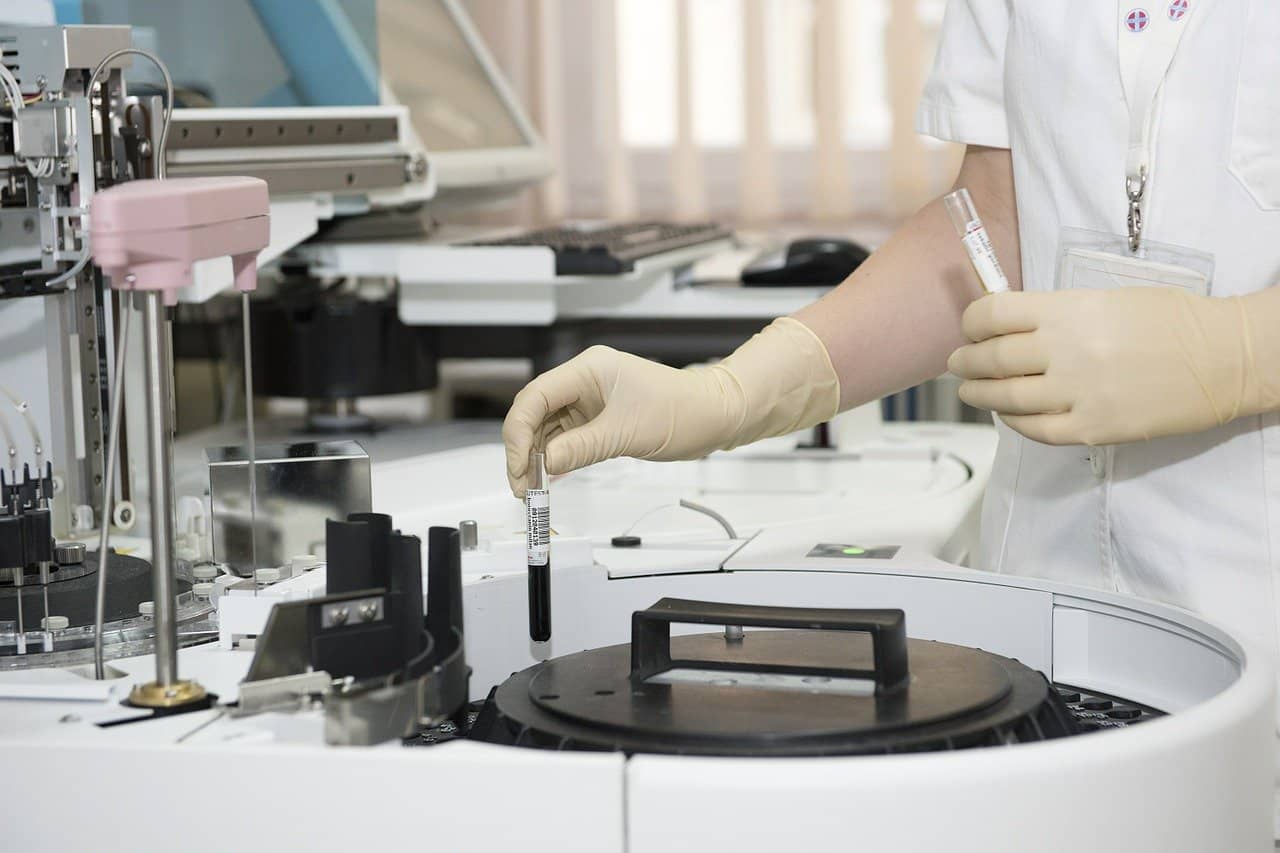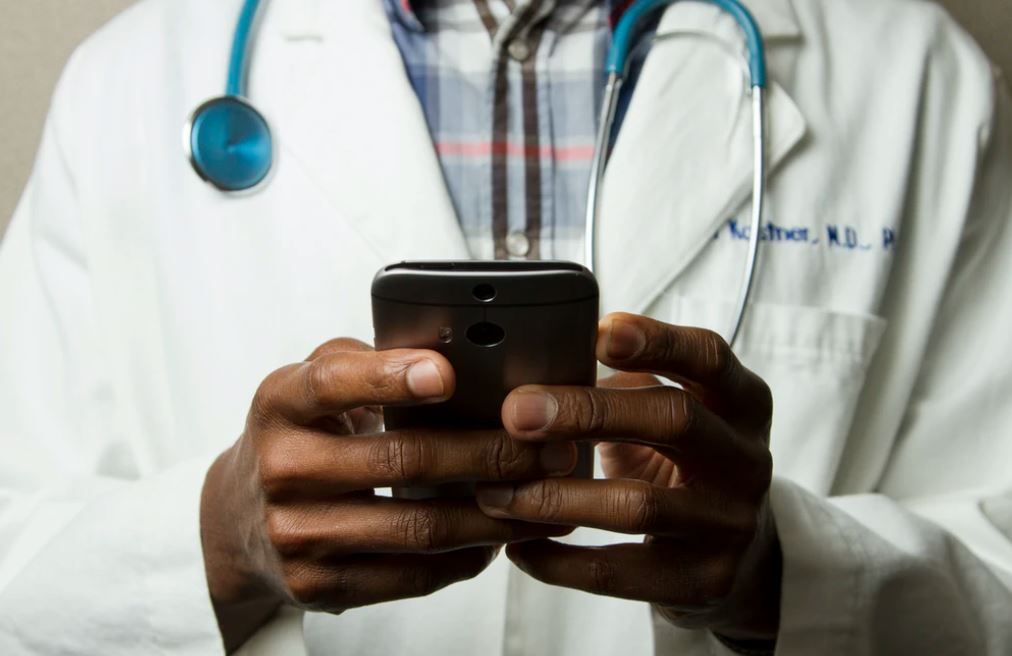In today’s world, technological innovations continue to influence and shape not just a single industry or discipline but several others. In healthcare, for one, tech-based innovations are used in three critical changes: (1) giving patients better control in their personal care management, (2) care that is data-driven care characterized by its ability to measure results and responsiveness to performance metrics, and (3) seamless integration of mental healthcare and physical care inside care settings.
There is also the emerging practice of TeleHealth, where a patient can enjoy the benefits of a traditional face-to-face doctor’s visit at the comfort and safety of their homes. This is particularly beneficial to patients with delicate conditions in the time of COVID-19 where exposure to crowds could trigger not anxiety that could worsen their conditions further. With TeleHealth, a person with chronic fatigue disorder need not travel to the doctor’s clinic and be subjected to the physical, emotional, and psychological strain of the travel and the possibility of contracting the deadly virus.
Here are the top tech innovations that are shaping the healthcare industry right now:
Blockchain
Data breach is a huge point of concern for people in the medical field and beyond — doctors, administrators, patients, and their loved ones. On average, data breaches amount to $3.86 million worth of losses for companies, with the healthcare industry suffering the most for every individual breach. Blockchain technology, a cryptography innovation that is at present ‘unhackable’, seeks to answer such catastrophic losses with even a promise of preventing Medicare fraud that costs the U.S. some $60 billion annually.
AI
The world is technically not new to artificial intelligence (AI) as there has long been AI integration in different fields for the past years. But AI these days is quickly becoming integral in a lot of ways, such as in generating automated medication intake reminders, delivering custom dosage recommendations based on different parameters, and identifying patients who are at high risk to different medical conditions.
Chatbots
Chatbots uses AI technology and language processing capabilities to deliver what a traditional customer service agent offers but with a supposedly higher efficiency rate. These programmable ‘robots’ can do a horde of things from doing medical diagnosis to rendering customer service duties. With their increasing sophistication, one can only wonder what else they could be capable of in the coming years.
Robotics
The rapid advances in robotics technology are making life in the medical field much easier for doctors and safer for patients. The da Vinci surgical system, for one, is a robotics-assisted surgical tool that employs 3D high-def visuals and surgical instruments to perform surgeries at an almost pinpoint accuracy.
3D bioprinting
With this groundbreaking technological innovation, it is now possible to print an exact replica of a human body part such as a liver to address the critical shortage of organs that are used in many transplant operations. 3D bioprinting technology is also now used to print drugs that are customized to suit a patient’s medical needs.
IoMT
You may have heard of IoT or the Internet of Things but have you come across the IoMT or the Internet of Medical Things? Probably not. IoMT is essentially a unique ecosystem that involves software applications and medical devices communicating with different IT systems in the healthcare industry. It’s an exciting means of connectivity that promises to make things more efficient for everyone involved.
Brain-computer interfaces
If you’ve seen a photo or video clip of the late Dr. Stephen Hawking with a gadget that seemed to magically transform his thought into an audible and visible message, that is roughly how you could characterize and define brain-computer interfaces. These revolutionary devices offer a wide range of uses and benefits to patients with medical difficulties, such as poor eyesight and paralysis.
Artificial food
Time might come when no man should come to sleep without food. At least, that’s what the idea of artificial food promises to do. With the technology that makes it possible to create cultured foie gras and lab-grown meat, hunger incidences across the globe could dramatically drop in the decades to come.
Virtual reality
Virtual reality (VR), like artificial intelligence, has also been around for quite some time. Today, future and current surgeons are using VR technology to perform virtual operations that allow them to practice their skills minus the possibility of cutting a real artery that could bleed a patient to death.
Technology can really do wonders for the world if done and applied correctly. With these outstanding innovations, the possibilities are truly endless as to what we can achieve as a species.





